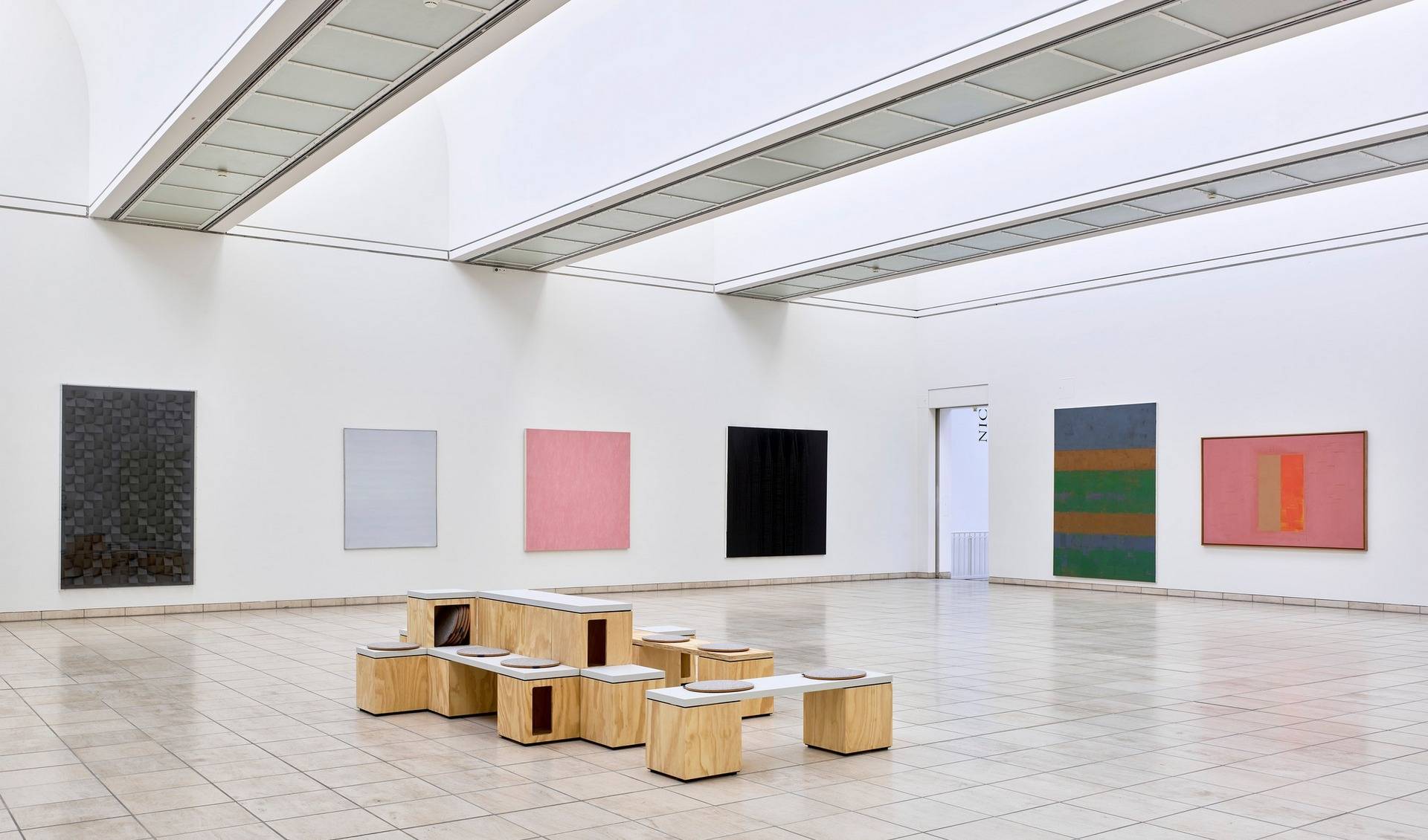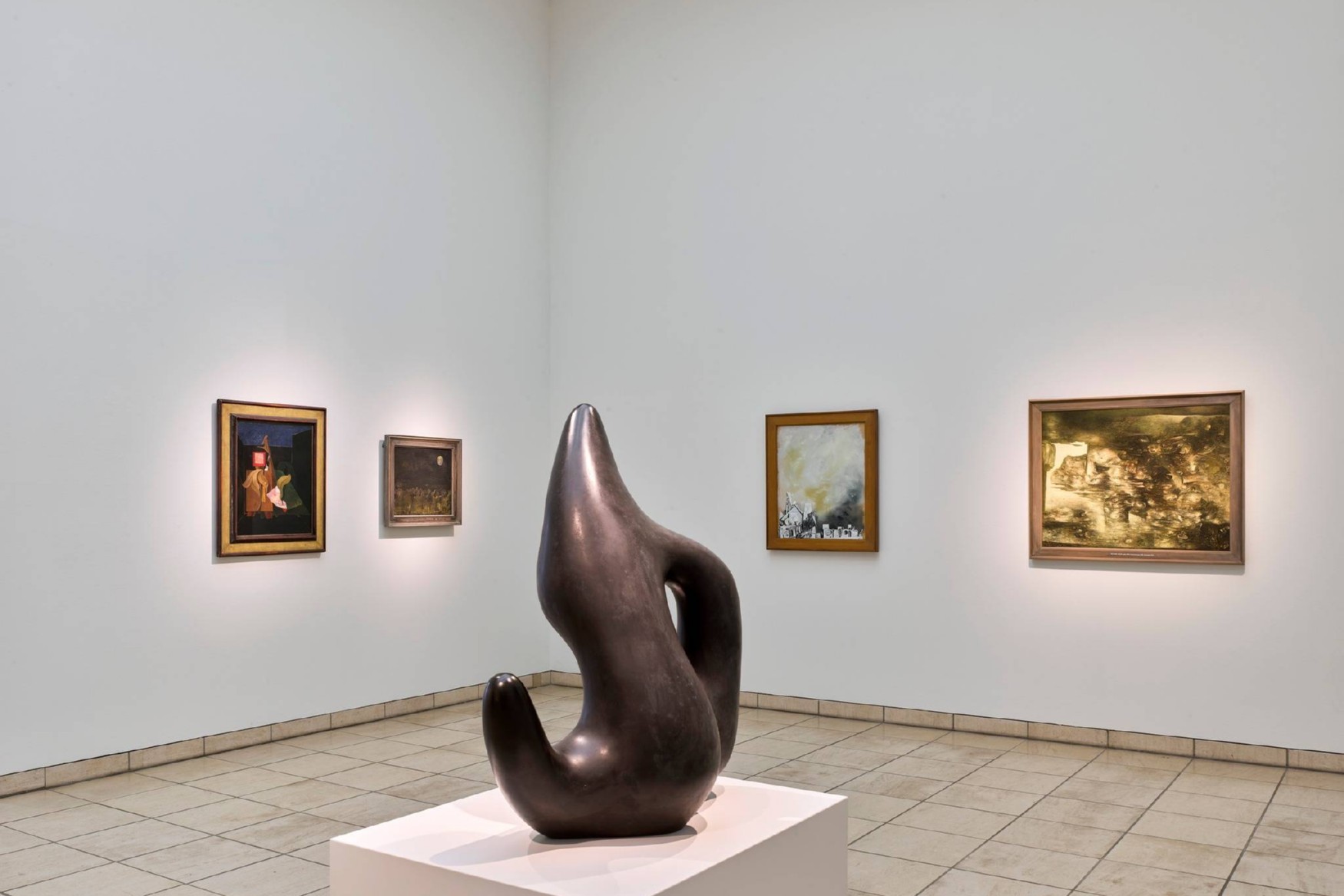The Von der Heydt Museum in Wuppertal-Elberfeld is a cultural gem that captivates art enthusiasts worldwide. This renowned institution houses an impressive collection spanning five centuries, from Renaissance masterpieces to contemporary works. Visitors can expect to immerse themselves in a rich tapestry of artistic movements, including Impressionism, Expressionism, and 20th-century avant-garde. The museum's international reputation is well-deserved, offering a unique opportunity to explore the evolution of European art in a single location. From Claude Monet's ethereal landscapes to Pablo Picasso's bold abstractions, the Von der Heydt Museum promises an unforgettable journey through the annals of art history.
Highlights
- Extensive collection of Impressionist and Expressionist works
- Rotating exhibitions showcasing different themes and perspectives
- Family-friendly programs and workshops for aspiring young artists
Contents
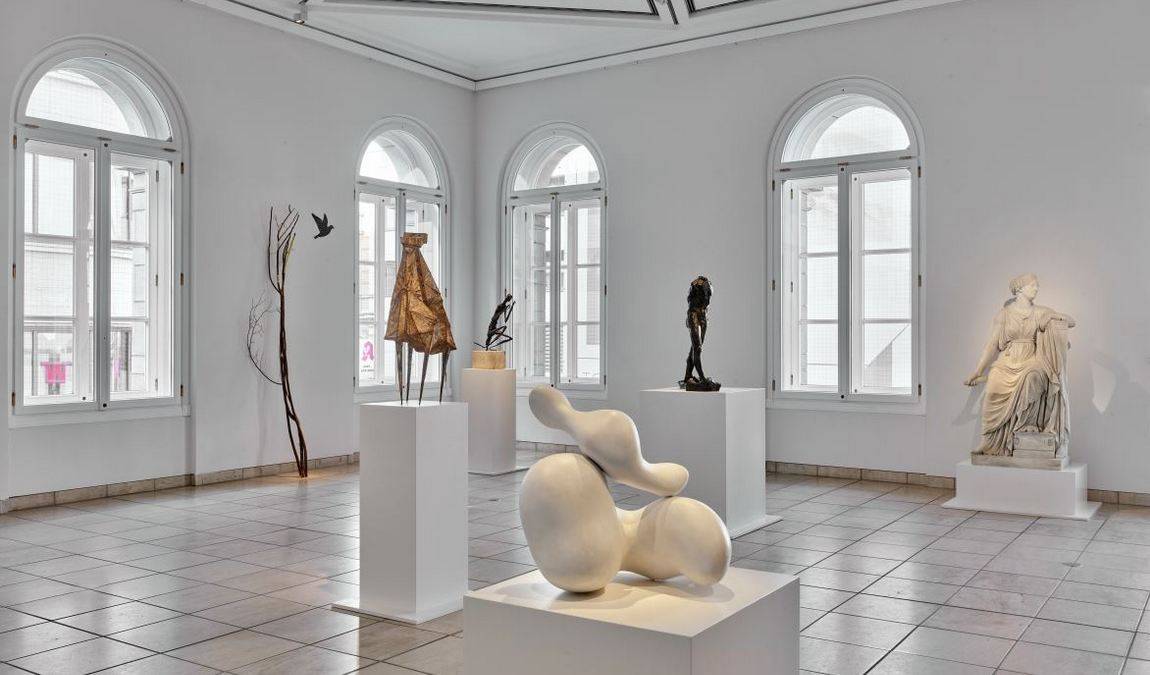 Photo: von-der-heydt-museum.de
Photo: von-der-heydt-museum.de
Here is Why Your Kids Will Find it Interesting
Von der Heydt Museum is worth visiting with kids because it offers a vibrant introduction to art. Children aged 6-12 will be particularly fascinated by the museum's interactive elements and colorful masterpieces. The ever-changing exhibitions provide fresh experiences with each visit, keeping young minds engaged and curious. Additionally, the museum's architecture, with its sweeping staircases and interesting shapes, creates an exciting environment for exploration.
The variety of artistic styles on display, from realistic landscapes to abstract sculptures, encourages children to expand their imagination and develop their creative perspectives.
Family-friendly features
- Interactive exhibits designed for children
- Art workshops during local term-time
- Family tickets for cost-effective visits
History and Background
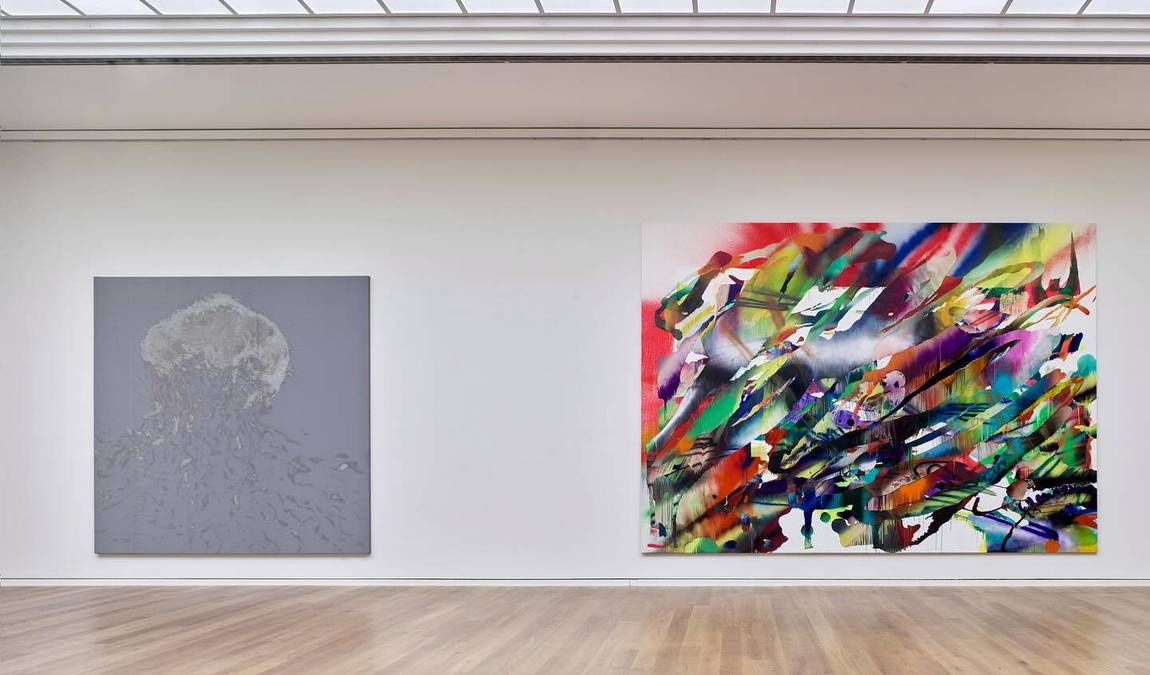 Photo: facebook.com/von.wuppertal
Photo: facebook.com/von.wuppertal
The Von der Heydt Museum's story began in 1902 when it was established in the former city hall of Elberfeld. The museum owes its name and initial collection to the Von der Heydt banking family, who were passionate art patrons with a particular interest in 19th-century paintings and Impressionism. Over the years, the museum's collection has grown significantly, expanding beyond its original focus to include works from the Renaissance to the present day.
The evolution of the museum reflects the changing landscape of European art. What began as a municipal museum has transformed into an internationally recognized institution. Throughout its history, the Von der Heydt Museum has weathered various challenges, including the tumultuous period of the National Socialist era. In recent years, the museum has undertaken extensive provenance research to ensure the ethical acquisition of its artworks.
The Collection
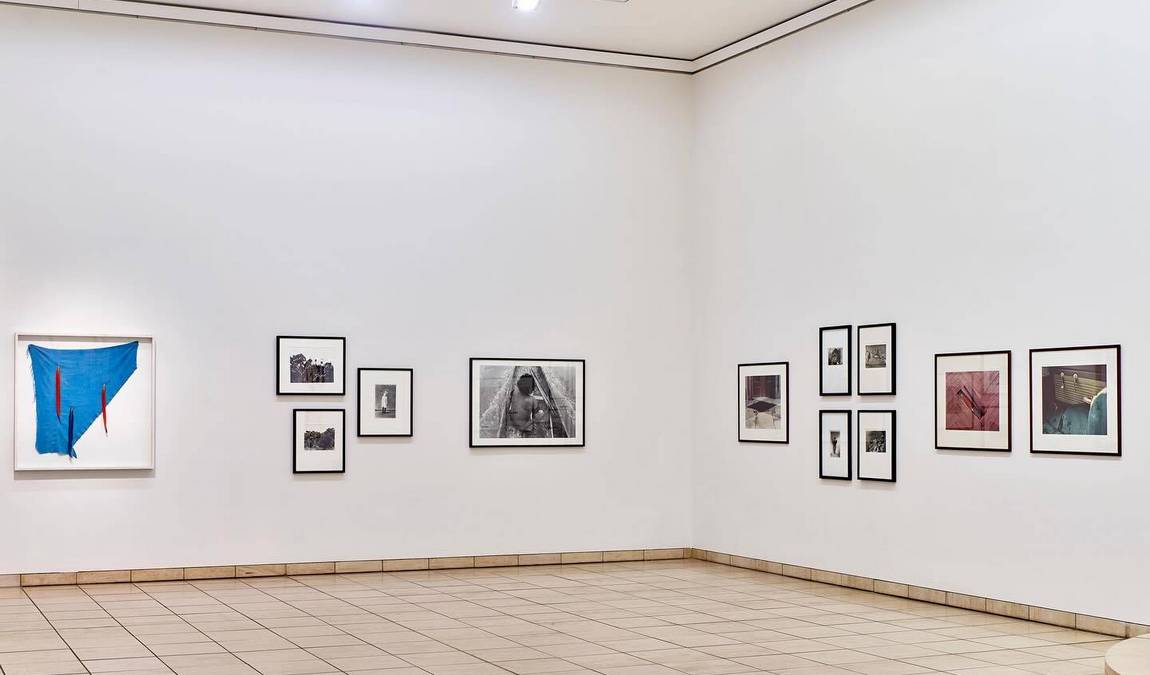 Photo: facebook.com/von.wuppertal
Photo: facebook.com/von.wuppertal
The Von der Heydt Museum boasts an extensive art collection that spans multiple centuries and artistic movements. The museum houses over 2,000 paintings, 500 sculptures, 30,000 prints and drawings, and 700 photographs. This diverse array of artworks provides a comprehensive overview of European art history.
Critical periods and movements represented in the collection include:
- Dutch and Flemish masters of the 16th and 17th centuries
- 19th-century paintings, with a strong focus on Impressionism
- Expressionist works from the early 20th century
- Contemporary art from the 1960s and 1970s
Notable artists featured in the collection include:
- Claude Monet
- Paul Cézanne
- Paul Gauguin
- Pablo Picasso
- Francis Bacon
- Edvard Munch
- Salvador Dalí
- Alfred Sisley
- Franz Marc
- Otto Dix
- Emil Nolde
- Ernst Ludwig Kirchner
- August Macke
This impressive roster of artists ensures visitors can experience works by some of the most influential figures in art history under one roof.
Must-See Masterpieces
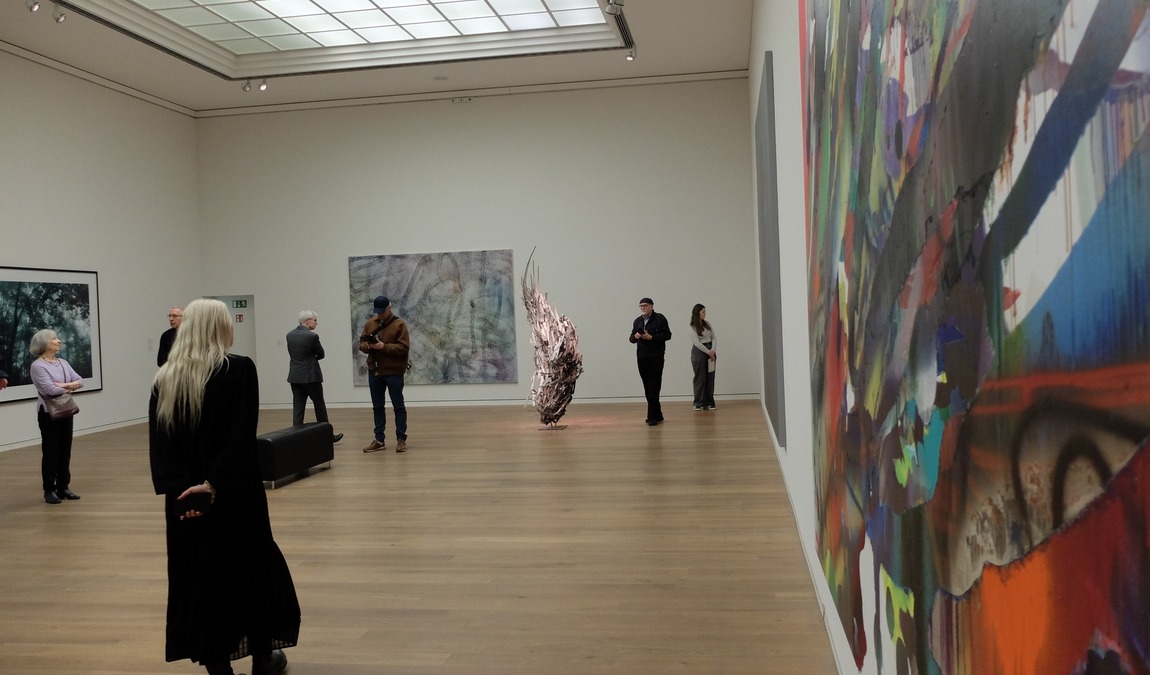 Photo: facebook.com/von.wuppertal
Photo: facebook.com/von.wuppertal
The museum's collection is vast; several iconic works stand out as must-see masterpieces:
- Claude Monet's "Impression, Soleil Levant": This seminal work gave the Impressionist movement its name and revolutionized the art world with its loose brushstrokes and emphasis on light and color.
- Pablo Picasso's "Les Demoiselles d'Avignon": Considered one of the most important works of modern art, this painting marks Picasso's break from traditional perspective and form, paving the way for Cubism.
- Edvard Munch's "The Scream" is an iconic expression of existential anxiety that has become one of the most recognizable images in art history. It captures the angst of the modern world.
- Francis Bacon's "Study for a Portrait": Bacon's distorted figures and raw emotional intensity are fully displayed in this haunting work, exemplifying his unique approach to portraiture.
- Ernst Ludwig Kirchner's "Street, Dresden": This vibrant cityscape captures the frenetic energy of urban life in the early 20th century, showcasing the bold colors and angular forms characteristic of German Expressionism.
Exhibitions and Programs
 Photo: von-der-heydt-museum.de
Photo: von-der-heydt-museum.de
This spot takes a dynamic approach to presenting its collection through rotating exhibitions. These curated shows focus on different themes, artists, or periods, allowing visitors to experience the artworks from fresh perspectives. Recent exhibitions have included:
- Contemporary art from the 1960s and 1970s
- A retrospective of German photographer Hans-Christian Schink
- Thematic exhibitions combining 19th-century landscape paintings with modern works
The museum offers a range of educational programs and workshops for visitors of all ages. During local term time, children can participate in art workshops encouraging creativity and artistic expression. The museum also hosts lectures and guided tours for adults that provide deeper insights into the artworks and their historical context.
Special events, such as artist talks and symposiums, are organized regularly, providing opportunities for visitors to engage with contemporary artists and art historians.
At a distance of 1.3 kilometres is the Botanical Garden, which we recommend to visit with the whole family.
The Museum Building and Surroundings
 Photo: facebook.com/von.wuppertal
Photo: facebook.com/von.wuppertal
The Von der Heydt Museum is housed in the former Elberfeld Town Hall, a work of art building. The architecture features airy spaces, sweeping staircases, and exciting shapes and arches that complement the displayed artworks. The museum's design creates an engaging environment for visitors, with each room offering a unique atmosphere for experiencing the art.
Located in Wuppertal's pedestrian zone, the museum is easily accessible and surrounded by a vibrant urban landscape. The area offers a variety of amenities, including cafes, restaurants, and shops, making it easy for visitors to plan a full day of activities around their museum visit.
Nearby attractions include:
- The Wuppertal Suspension Railway (Schwebebahn), a unique monorail system that offers scenic rides above the city
- The Sculpture Park Waldfrieden showcases contemporary sculptures in a beautiful outdoor setting
- The pedestrian zone itself is perfect for a stroll and some shopping after visiting the museum
Best Time to Visit
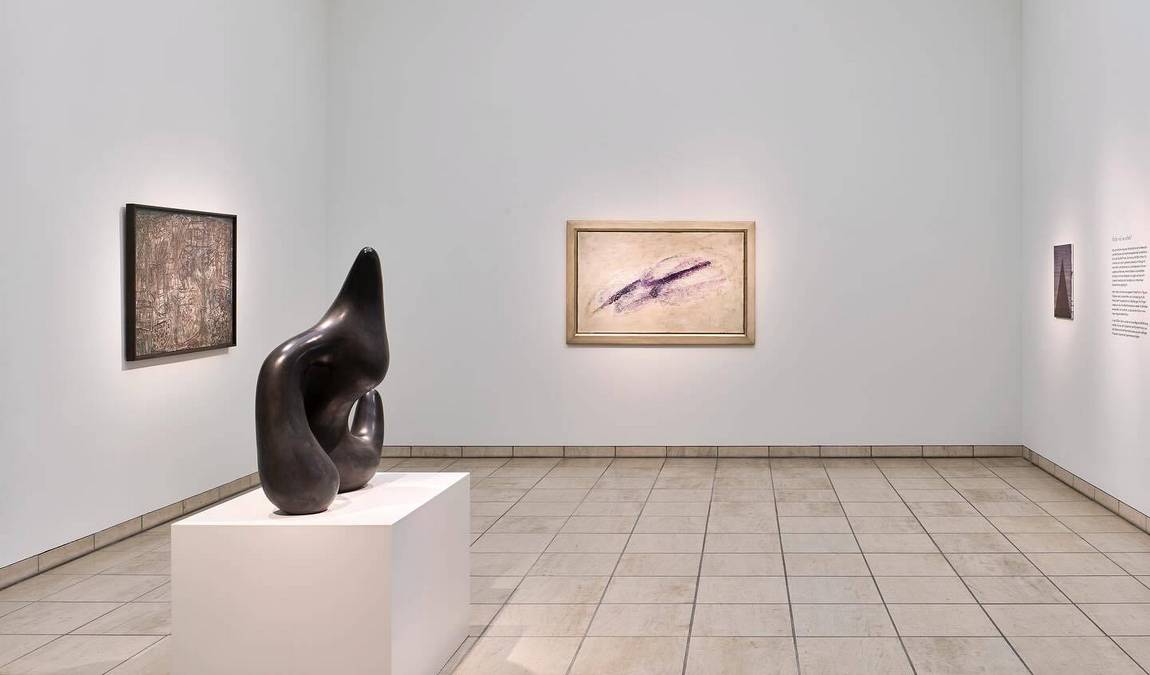 Photo: facebook.com/von.wuppertal
Photo: facebook.com/von.wuppertal
The best time to visit the Von der Heydt Museum with children is during weekends or school holidays when the atmosphere is more relaxed. Mornings are typically less crowded, allowing for a more enjoyable experience. Consider visiting on a Tuesday or Thursday afternoon to avoid the busiest times.
Recommended Duration: A typical visit lasts about 2-3 hours, allowing time to explore the main exhibitions and participate in any available activities.
Our Recap
The Von der Heydt Museum offers a world-class art experience in the heart of Wuppertal. Its diverse collection, engaging exhibitions, and family-friendly programs make it a must-visit destination for art lovers and families. The museum's commitment to education and stunning architectural settings create a memorable experience beyond simply viewing artworks.


